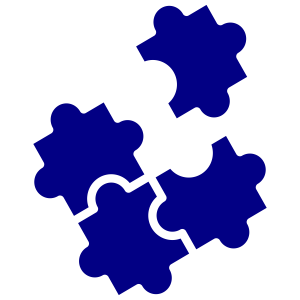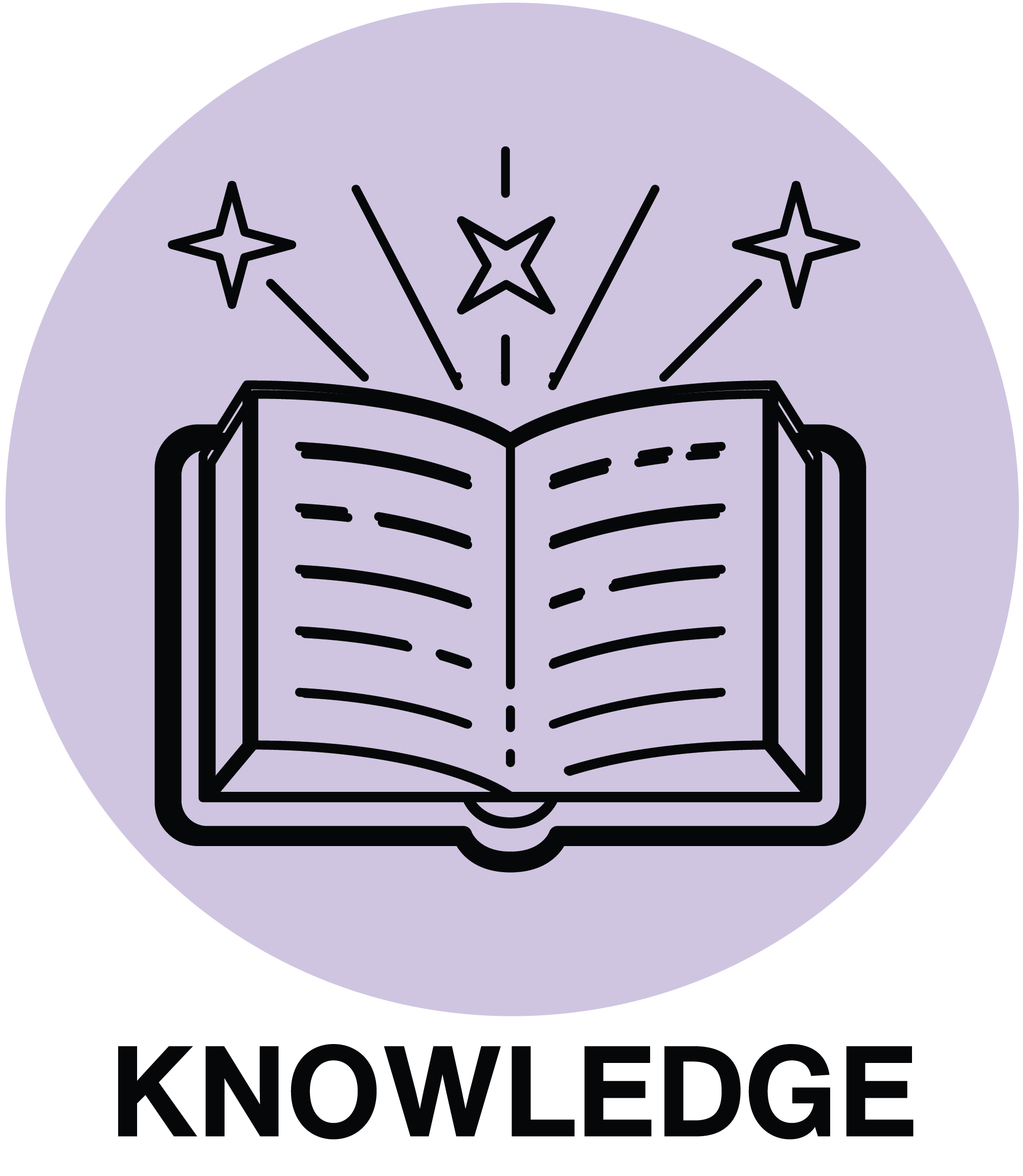1.3 Summary & Reflection
Summary
Generative AI is a specific type of advanced Artificial Intelligence that is able to generate new content (text, images, audio, video, etc.) based on prompts.
Large Language Models are a prevalent generative AI model. These are AI models trained on massive datasets of textual data to allowing them to process natural language and perform general language tasks. LLMs typically generate responses based on probability of certain words or tokens appearing in a sequence.
Generative AI has many limitations but is constantly evolving and improving.
Limitations include:
- the generation of inaccurate or nonsensical text or of warped or unrealistic images (hallucinations)
- lack of nuanced understanding of prompts or requests since interpretation is based on probability and statistical patterns, not meaning and context
- the replication of social biases and inequitable representation in text or images and other ethical issues, which we will explore further in the section on Ethics.
 Making Connections
Making Connections
 Awareness Reflection: Knowledge
Awareness Reflection: Knowledge
Generative AI is a type of Artificial Intelligence that creates new content, including text, images, videos, audio, and computer code.
Any technology or process that allows machines to mimic human cognition.
A prompt is the text that is provided to the system providing instructions on the desired output or the task being requested.
Computational models that are trained on huge datasets of text to recognize common patterns and relationships in natural language. They can be used for generating texts that mimic human language.
Nonsensical outputs, such as words or phrases that don’t exist, grammatically incorrect text, references to articles or resources that don’t exist, or warped images.



Feedback/Errata